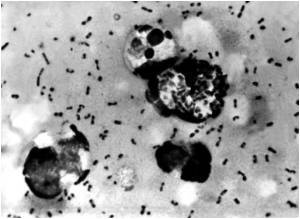A major challenge in the field of neurodegeneration is the unclear understanding of neuronal dysfunction.

TOP INSIGHT
PERK, and its downstream substrate eIF2, are pathologically, genetically, and molecularly linked to several neurodegenerative disorders.
The active form of PERK, pPERK, is chronically upregulated in tauopathies such as Alzheimer's, Fronto-temporal dementia linked to chromosome 17, and Progressive Supranuclear Palsy (PSP). Genetically, a single nucleotide polymorphism in the gene coding for PERK, EIF2AK3, is associated with risk for PSP. Molecularly, pathogenic protein aggregates alter ER homeostasis triggering sustained PERK activation. Despite the reparative nature of its activity, long-term PERK activity activates pro-apoptotic cascades.
The objective of the review is to highlight the impact of PERK in neurodegenerative processes and underscore the pathway as a reservoir of therapeutic targets. To this end, current efforts attempting to inhibit PERK in in vivo models of tauopathy and prions have shown promising results. Therefore, PERK inhibition in these diseases is a promising therapeutic strategy, and efforts to develop optimal PERK inhibitors for the clinic are underway.
Source-Eurekalert
 MEDINDIA
MEDINDIA




 Email
Email






